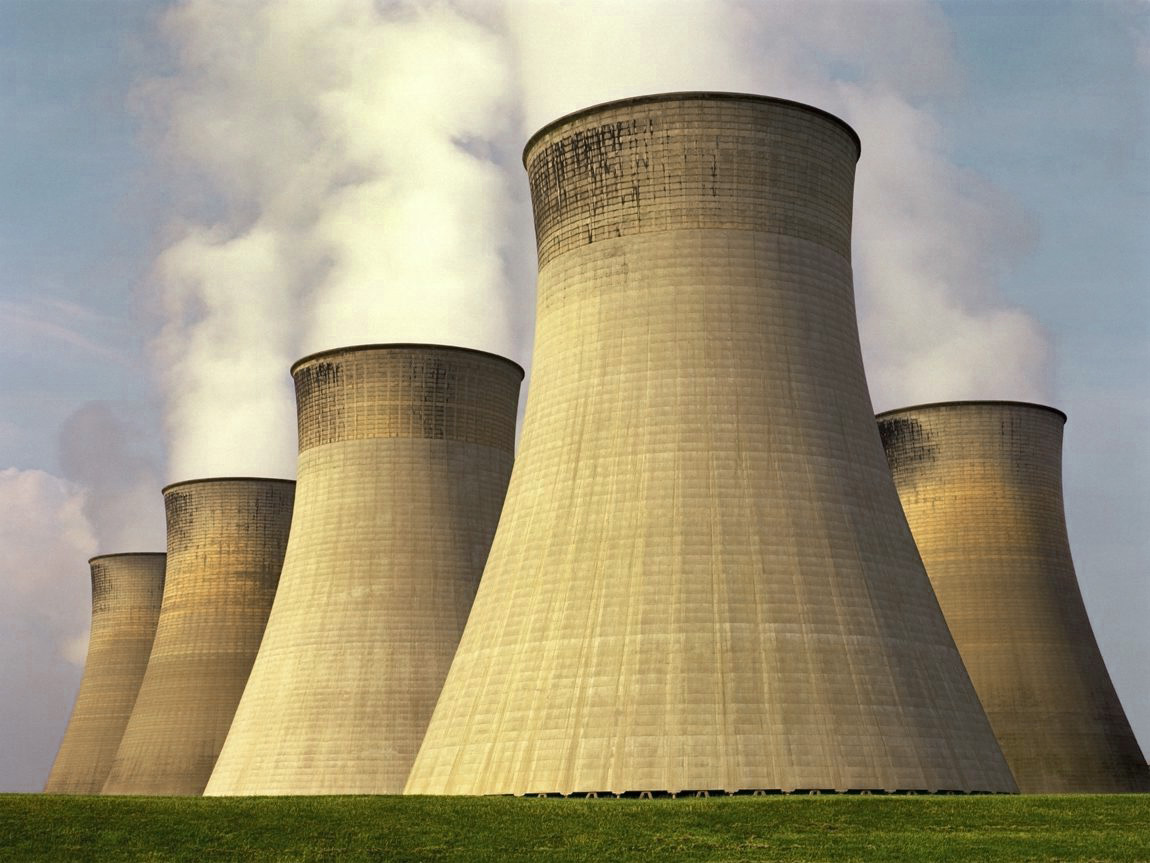The future of cooling towers is likely to be shaped by a number of factors, including:
- The increasing demand for cooling. As the world’s population grows and temperatures rise, the demand for cooling is expected to increase significantly. This will put a strain on existing cooling infrastructure, and will require new and innovative cooling technologies to be developed.
- The need for energy efficiency. Cooling is a major consumer of energy, and there is a growing need to develop more energy-efficient cooling technologies. This is important not only for reducing greenhouse gas emissions, but also for reducing the cost of cooling.
- The need to reduce water consumption. Cooling towers also consume a significant amount of water, and this is a growing concern in many parts of the world. There is a need to develop cooling technologies that can reduce water consumption, or that can use alternative water sources, such as rainwater or treated wastewater.
- The need to improve air quality. Cooling towers can emit pollutants into the air, such as ozone and particulate matter. There is a need to develop cooling technologies that can reduce these emissions, or that can capture and treat the pollutants before they are released into the atmosphere.
Some of the promising technologies that are being developed for the future of cooling towers include:
- Evaporative cooling towers. Evaporative cooling towers use the evaporation of water to cool air. This is a relatively simple and efficient technology, and it can be used in a variety of applications.
- Desiccant cooling towers. Desiccant cooling towers use a desiccant material to absorb moisture from the air. This can be used to cool air in hot, dry climates.
- Absorption cooling towers. Absorption cooling towers use a heat source, such as hot water or steam, to drive the cooling process. This can be a more efficient way to cool air than traditional evaporative cooling towers.
- Dry coolers. Dry coolers do not use water to cool air. Instead, they use a heat exchanger to transfer heat from the air to a cooling medium, such as air or liquid. Dry coolers can be more energy-efficient than evaporative cooling towers, but they can also be more expensive.
The future of cooling towers is likely to be a mix of these different technologies. The specific technologies that are used will depend on the specific application and the environmental constraints. However, it is clear that there is a need for more energy-efficient, water-efficient, and environmentally friendly cooling technologies.
In addition to the technologies mentioned above, there are a number of other factors that are likely to shape the future of cooling towers. These include:
- The development of new materials. New materials, such as graphene and carbon nanotubes, could be used to make more efficient and durable cooling towers.
- The use of automation and smart control. Automation and smart control could be used to improve the efficiency and performance of cooling towers.
- The development of new regulations. Governments are increasingly regulating the emissions from cooling towers. This could lead to the development of new technologies that can reduce emissions.
The future of cooling towers is uncertain, but it is clear that there is a need for new and innovative technologies to meet the growing demand for cooling. The technologies that are developed in the coming years will have a significant impact on the environment and the global economy.
Cooling Tower Installation, Replacement, & Refurbishment in Arizona & Nevada
Our team offers complete cooling tower refurbishment that will save your company tens of thousands of dollars over buying and installing new cooling towers. Cooling tower refurbishment and rebuilding adds about another 15 years of life to your equipment and helps you get your money’s worth out of your original investment in your cooling tower or property. We offer cooling tower installation, replacement, and refurbishment in Arizona and Nevada. We also sell other cooling tower parts and products.






